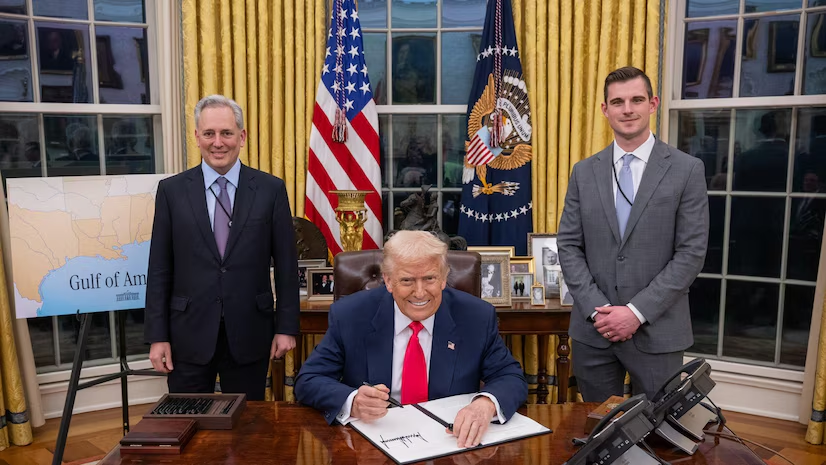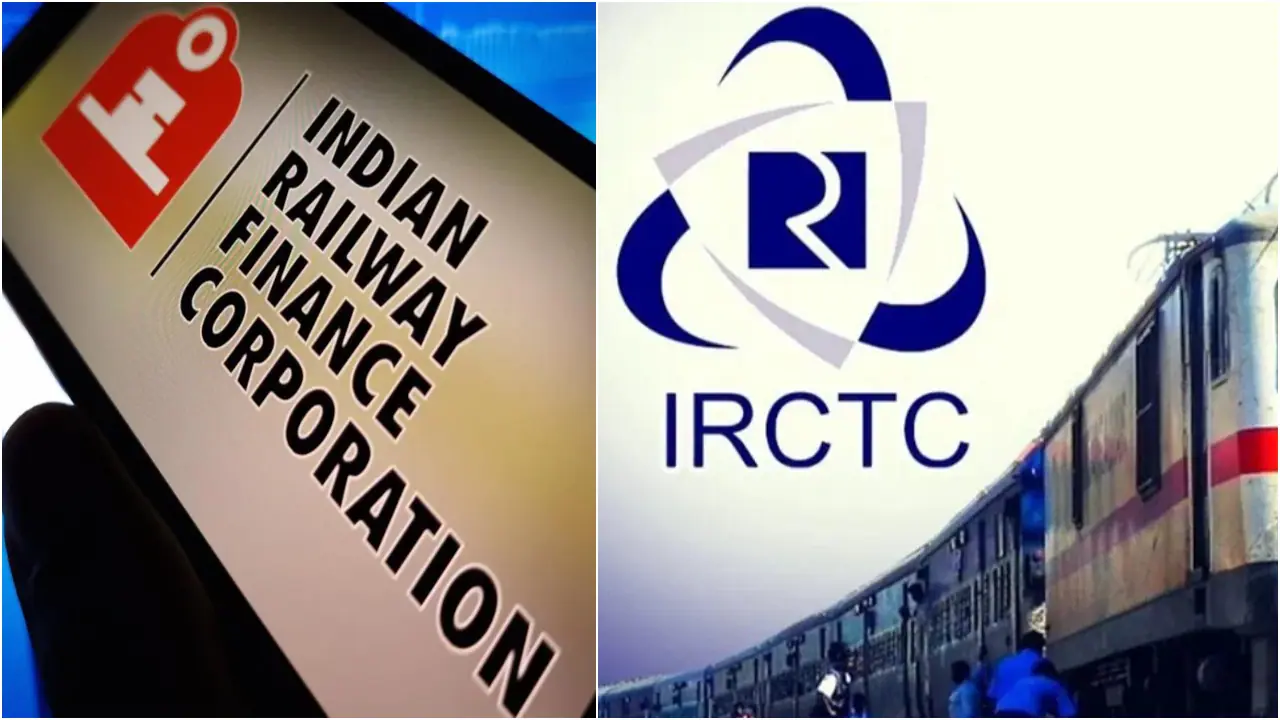- Courses
- GS Full Course 1 Year
- GS Full Course 2 Year
- GS Full Course 3 Year
- GS Full Course Till Selection
- CSAT
- 5 LAYERED ARJUNA Mentorship
- Public Administration Optional
- Online Program
- GS Recorded Course
- NCERT Batch
- Polity Module Course
- Geography Module Course
- Economy Module Course
- AMAC Module Course
- Modern India, Post Independence & World History Module Course
- Environment Module Course
- Governance Module Course
- Science & Tech. Module Course
- International Relations and Internal Security Module Course
- Disaster Management Module Course
- Ethics Module Course
- Essay Module Course
- Current Affairs Module Course
- ABOUT US
- OUR TOPPERS
- TEST SERIES
- FREE STUDY MATERIAL
- VIDEOS
- CONTACT US
MADHIKA LANGUAGE ON BRINK OF EXTINCTION
MADHIKA LANGUAGE ON BRINK OF EXTINCTION
30-01-2024
In the distant settlement of Kookanam, situated near the Karivellur gram panchayat in Kerala, the Chakaliya community faces the impending disappearance of its distinctive language, Madhika.
Only two individuals remain as the last fluent speakers of Madhika. They are worried that once they are no more, the language will vanish from the world.
Factors Contributing to Extinction:
- Lack of Interest Among Youth: The younger generation within the community exhibits disinterest in learning Madhika. There is a prevailing inclination toward mainstream languages like Malayalam, diverting attention away from preserving the linguistic heritage.
- Dominance of Malayalam: The overpowering influence of Malayalam contributes significantly to the fading relevance of Madhika. As with many indigenous languages, Madhika faces the challenge of being overshadowed by a more dominant language, leading to its gradual decline.
- Historical Dehumanization and Identity Dissociation: The community endured a period of dehumanizing treatment, prompting many educated youth to dissociate themselves from their linguistic past. A desire to break free from historical stigmas results in a preference for Malayalam as a means of identification, contributing to the neglect of Madhika.
- Language as a Symbol: Madhika, once a symbol of the community's identity, is now overlooked, with many choosing Malayalam as a more socially acceptable means of communication. The language, once a unique identifier, is gradually fading as individuals seek linguistic assimilation with the broader community.
About Madhika Language:
- No Script and Linguistic Blend: Madhika lacks a script and is a linguistic amalgamation of Telugu, Tulu, Kannada, and Malayalam. Despite its resemblance to Kannada, its diverse linguistic influences can be perplexing for listeners.
- Influence of Havyaka Kannada: Madhika bears significant influence from Havyaka Kannada, an ancient form of Kannada.
- Neglect and Social Stigma: The neglect of Madhika is linked to the social stigma associated with the Chakaliya community, who were historically considered untouchables.
- Risk of Extinction: Due to the absence of documentation (lack of script) and the passing of older speakers, there is a substantial risk that Madhika may not endure beyond individual speakers.
About Chakaliya Community:
- Nomadic Origins: The Chakaliya community was originally nomadic, hailing from the hilly regions of Karnataka.
- Deities and Migration: They were worshippers of Thiruvenkatramana and Mariamma, and centuries ago, migrated from Karnataka to northern Malabar.
- Categorization Change: Originally categorized as a Scheduled Tribe (ST), the community underwent subsequent reclassification into the Scheduled Caste (SC) group in Kerala.
Government Initiative for Language Protection:
- Scheme for Protection and Preservation of Endangered Languages (SPPEL): Instituted by the Ministry of Education in 2013. Aims to document and archive endangered languages in India. The Central Institute of Indian Languages (CIIL), headquartered in Mysuru, Karnataka, oversees the implementation of the SPPEL.
- Central Institute of Indian Languages (CIIL): Established in 1969 under the administrative control of the Ministry of Education. Mandate includes advising and assisting central and state governments in language-related matters.
- International Covenant on Civil and Political Rights (ICCPR, 1976): Recognizes the rights of ethnic, religious, or linguistic minorities, ensuring the enjoyment of their own culture, practice of religion, and use of language.
Constitutional Provisions Related to Languages in India:
- Article 29: Protects minority interests, ensuring the right of all citizens to preserve their distinct language, script, or culture.
- Eighth Schedule: Lists the official languages of India (Articles 343 to 351). Recognizes 22 official languages, with six having 'Classical' status.
- Article 343: Declares Hindi in Devanagari script as the official language of the Union government.
- Article 345: Permits states to adopt one or more languages for official purposes, including Hindi.
- Article 346: Acknowledges linguistic diversity, allowing multiple languages in official communications.
- Article 347: Grants the President the power to recognize a language as official in a state based on popular demand.
- Article 348(1): Mandates proceedings in the Supreme Court and High Courts to be in English until Parliament decides otherwise.
- Article 348(2): Enables Governors to authorize the use of Hindi or other languages in High Court proceedings with the President's consent.
- Article 350: Ensures the right to submit grievances in any language used in the Union or State.
- Article 350A: Requires states to provide primary education in the mother tongue.
- Article 350B: Provides for the appointment of a "Special Officer" for linguistic minorities.
- Article 351: Empowers the union government to issue directives for the development of the Hindi language.



